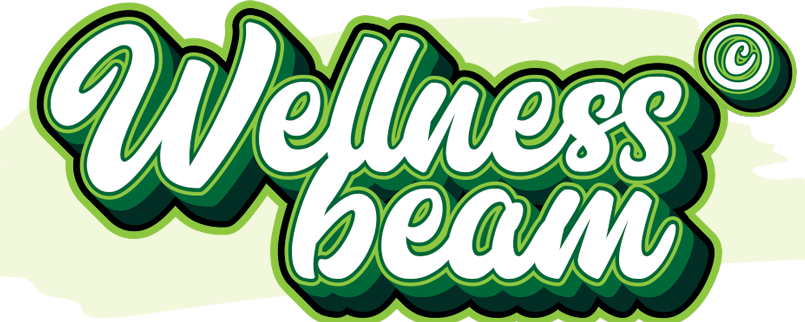Modern Guide to Lower Back Pain: Evidence-Based Management Approaches
Lower back pain (LBP) represents one of the most common musculoskeletal conditions affecting adults worldwide. This comprehensive guide provides current evidence-based approaches to understanding and managing lower back pain.
Quick Reference Guide
Who Should Use This Guide
✓ Adults (18+ years) with lower back pain
✓ Non-traumatic back pain
✓ Mechanical back pain
Not Suitable For
- Pregnancy-related back pain
- Post-accident trauma
- Radiculopathy (nerve root compression)
- Cancer-related pain
- Spinal infections
- Neurological conditions
- Fractures
- Specific arthritic conditions
Understanding Lower Back Pain
Common Causes
| Cause | Contributing Factors | Prevention Strategies |
|---|---|---|
| Poor Posture | Extended sitting, desk work | Ergonomic adjustments |
| Heavy Lifting | Improper technique | Proper lifting mechanics |
| Sedentary Lifestyle | Limited movement | Regular activity |
| Workplace Ergonomics | Incorrect setup | Workspace optimization |

Evidence-Based Management Strategies
1. Movement and Activity
Current Evidence Supports:
- Staying active rather than bed rest
- Gentle movement within pain limits
- Regular daily activities
- Gradual return to normal routine
2. Workplace Ergonomics
Desk Setup
- Monitor at eye level
- Chair with lumbar support
- Feet flat on floor
- Regular position changes
Movement Breaks
- 2-3 minute breaks every hour
- Simple stretching
- Brief walking
- Postural changes
3. Sleep Positioning
Recommended Positions
- Side sleeping
- Pillow between knees
- Neutral spine alignment
- Back sleeping
- Pillow under knees
- Medium-firm mattress
- Position changes
- Every 2-3 hours
- Gentle movements
4. Physical Interventions
Heat and Cold Therapy
| Timing | Treatment | Duration |
|---|---|---|
| First 48-72 hours | Ice therapy | 15-20 minutes |
| After 72 hours | Heat therapy | 15-20 minutes |
Exercise Recommendations
- Walking
- Swimming
- Low-impact aerobics
- Gentle stretching
- Core strengthening
5. Lifestyle Modifications
Daily Activities
- Proper lifting technique
- Comfortable footwear
- Weight management
- Regular movement
- Stress reduction
Exercise Progression
- Acute Phase
- Gentle movement
- Basic stretches
- Recovery Phase
- Structured exercise
- Strength building
- Maintenance Phase
- Regular activity
- Prevention strategies
Prevention Strategies
1. Posture Management
- Regular posture checks
- Ergonomic adjustments
- Core engagement
- Balance training
2. Lifting Techniques
- Knee bending
- Core bracing
- Load close to body
- Avoiding twisting
3. Lifestyle Factors
- Weight management
- Regular exercise
- Stress reduction
- Adequate sleep

When to Seek Medical Care
Red Flags
- Severe, persistent pain
- Neurological symptoms
- Unexplained weight loss
- Fever
- Loss of bowel/bladder control
- Night pain
- Progressive weakness
References
- Journal of Spine (2024). “Updated Guidelines for Lower Back Pain Management”
- Physical Therapy Review (2023). “Evidence-Based Approaches to Back Pain”
- Occupational Health Quarterly (2024). “Workplace Ergonomics and Back Pain”
- Pain Management Review (2023). “Modern Approaches to Back Pain Relief”
Additional Resources
- Exercise demonstration videos
- Ergonomic setup guides
- Pain management apps
- Professional consultations
Note
This guide covers non-invasive treatments only. Surgical options and interventional procedures (e.g., epidural injections) are not included and should be discussed with healthcare providers when appropriate.

Eat Better. Feel Better.
Get 35% OFF your first order with code MH35. Fresh, gluten-free meals delivered to your door!
Order Now
